Text




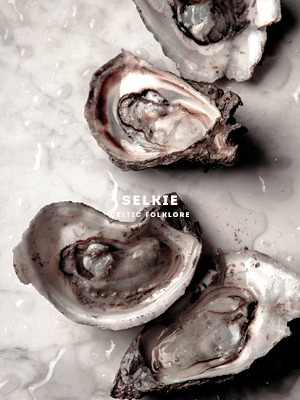

celtic mythology: selkie
"Peppered throughout Celtic folklore are stories about seal people, also called selkies who are said to be cursed with a constant longing for what they do not have: when they are swimming in the water as seals, they yearn to be on land, and when they walk on two legs as a human, they long to be in the sea. They can transform from one creature to another by shedding their sealskin, and alternatively, putting it on again."
335 notes
·
View notes
Photo

arbitrary aesthetics - Ratri, goddess of the night
image credits to respective owners
226 notes
·
View notes
Text





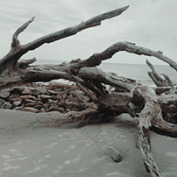



f/f february: rán & amphitrite
requested by anon
159 notes
·
View notes
Text
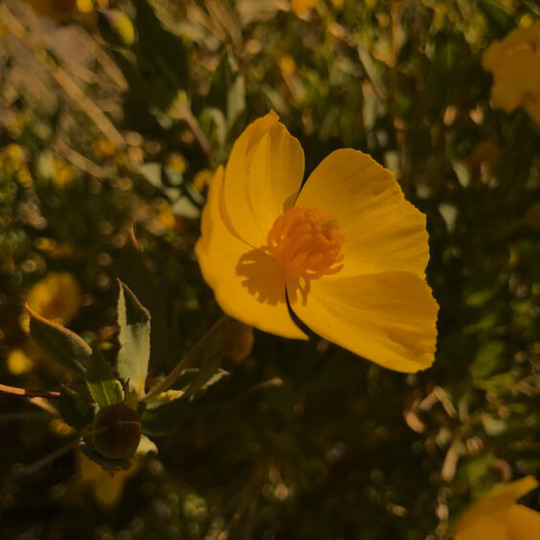





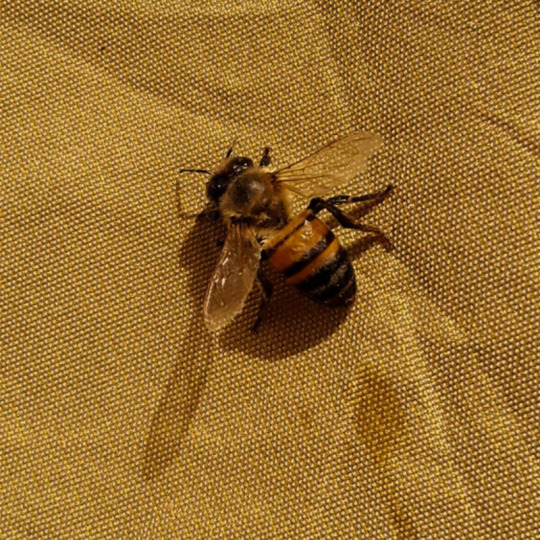

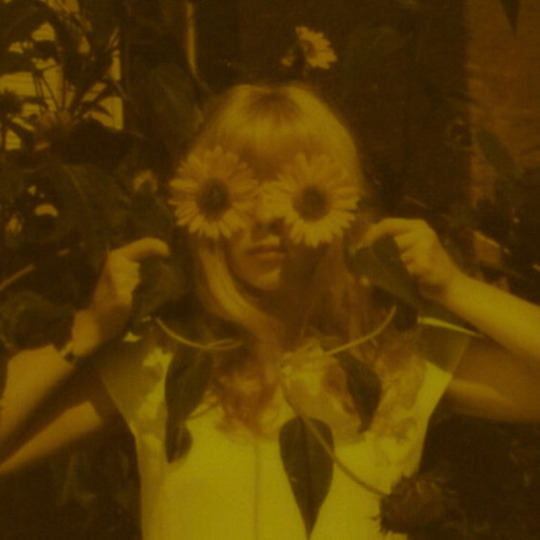
slavic mythology: yarilo
yarilo is the god of fertility and springtime, sometimes regarded as god of lust and passion. his mythical life cycle mirrored that of the wheat crop, from its birth when sown through its flourishing youth to its sacrificial death at harvest time.
265 notes
·
View notes
Text
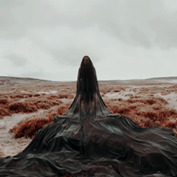
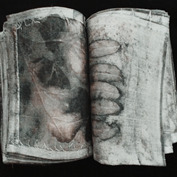




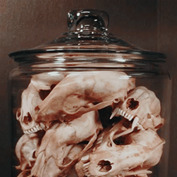


f/f february: carmun & medea
requested by anon
157 notes
·
View notes
Text


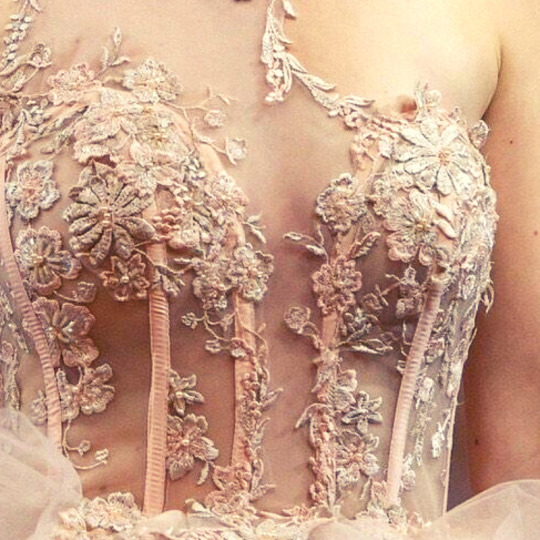

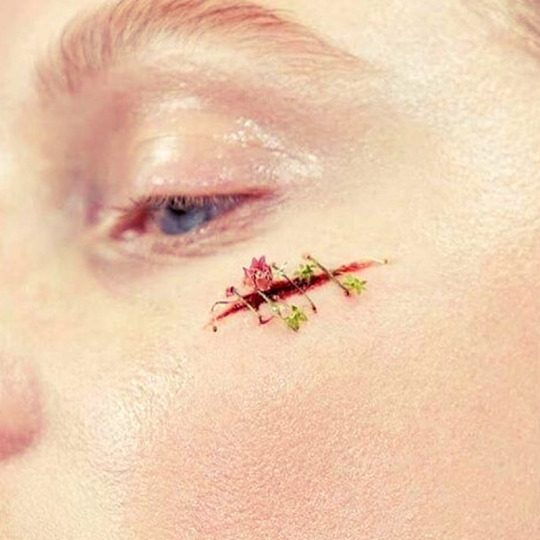
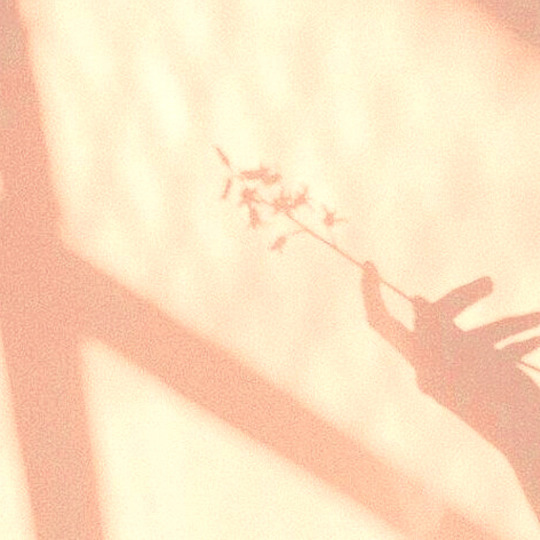
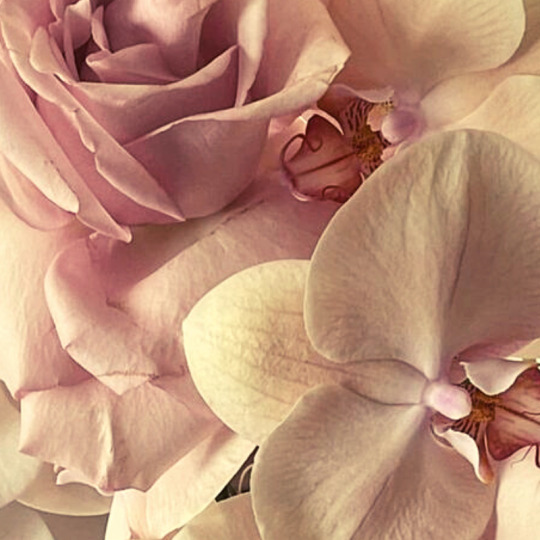
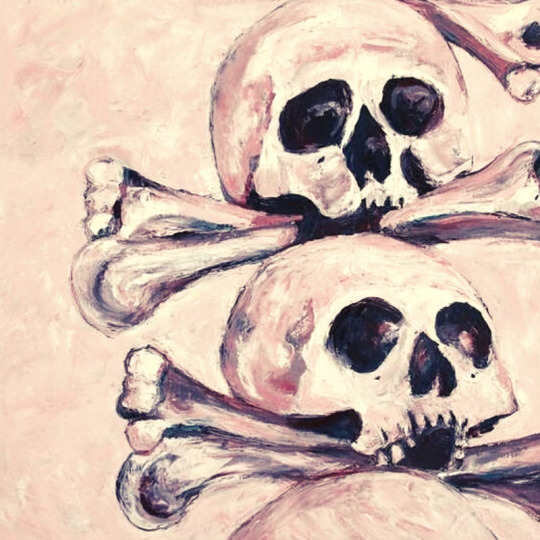
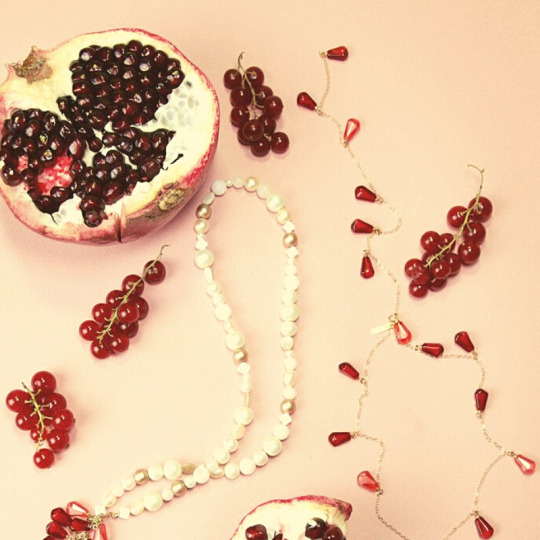
let me fix the lie: nobody grabbed, nobody pulled.
i jumped.
persephone lied
53 notes
·
View notes
Text






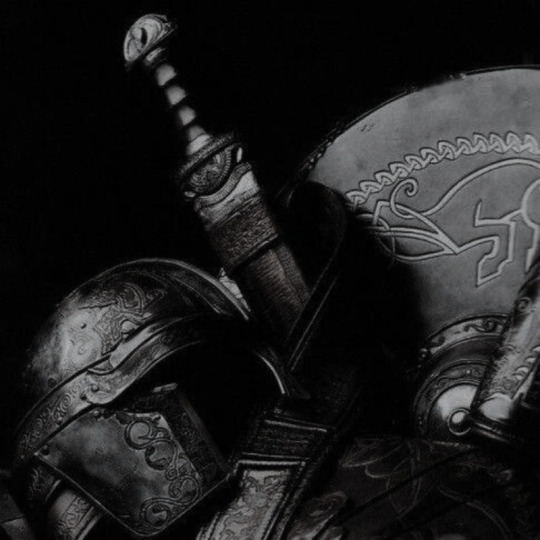
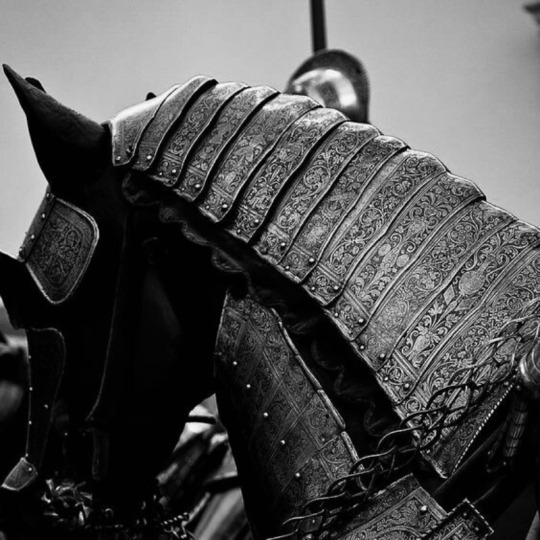

welsh mythology: aeron
aeron was the welsh god of battle and slaughter. his name was derived from the early goddess of slaughter, agroná.
229 notes
·
View notes
Text


f/f february: artemis & iphigenia
requested by @wrenling
111 notes
·
View notes
Text
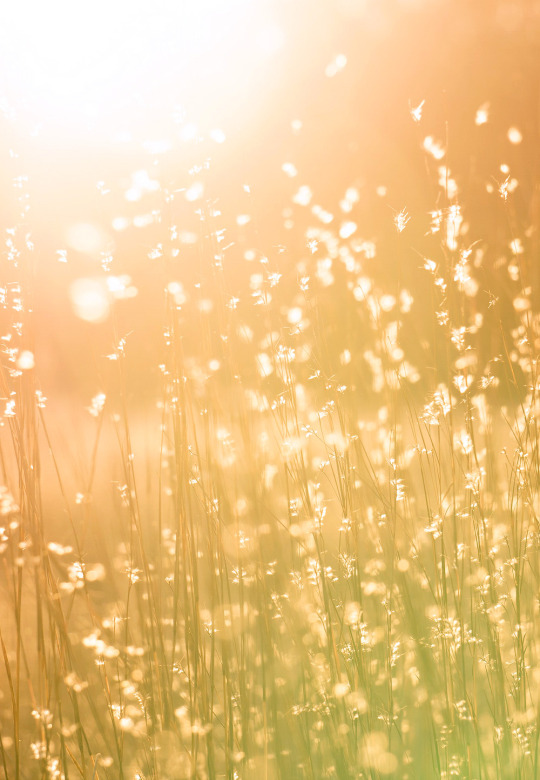
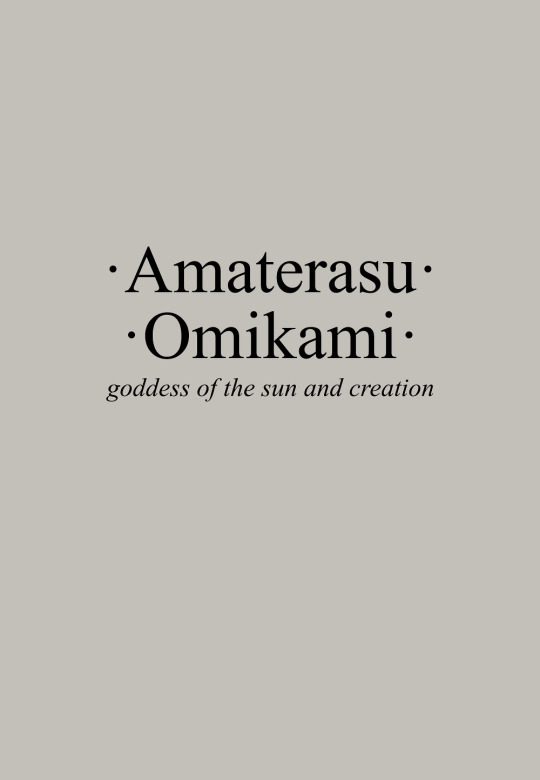

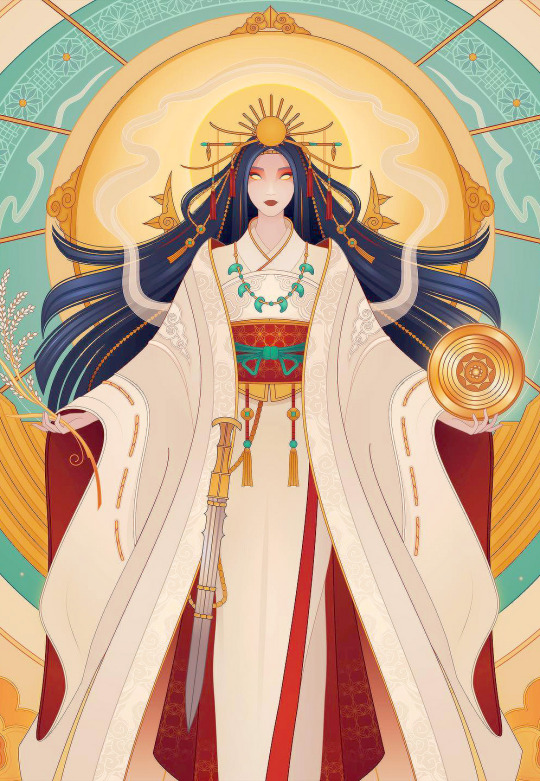
The Evermore Grimoire: Japanese Mythology
Amaterasu Omikami (天照 meaning ‘Shines from Heaven’) was the goddess of the sun, daughter of creator deities Izanagi and Izanami (god and goddess of creation), and central to the Shinto religion in Japanese mythology. Her primary role was that of the sun goddess. In this position, she not only served as the literal rising sun that illuminates all things, but also provided nourishment to all living creatures and marked the orderly movement of day into night. Amaterasu Omikami was also the ‘Queen of Heaven,’ the kami, and creation itself. Though she did not create the universe, she was the goddess of creation, a role she inherited from her father, Izanagi, who defended the world from the land of the dead. The Japanese Imperial Dynasty claims to have descended from her, and this is what gives them the divine right to rule Japan. She is the center of Shinto, and Japanese spiritual life.
artwork by Yliade
573 notes
·
View notes
Text


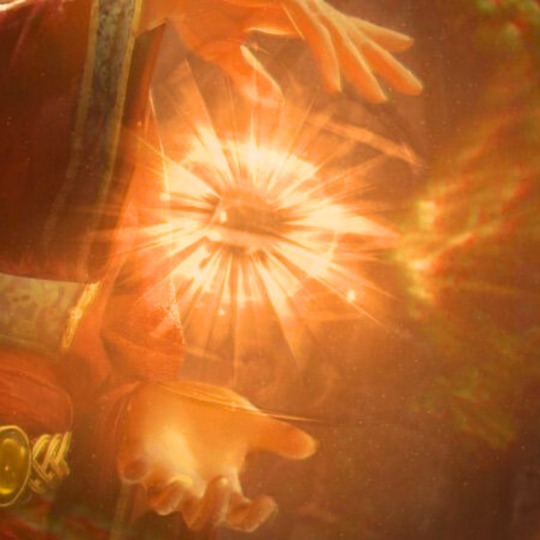
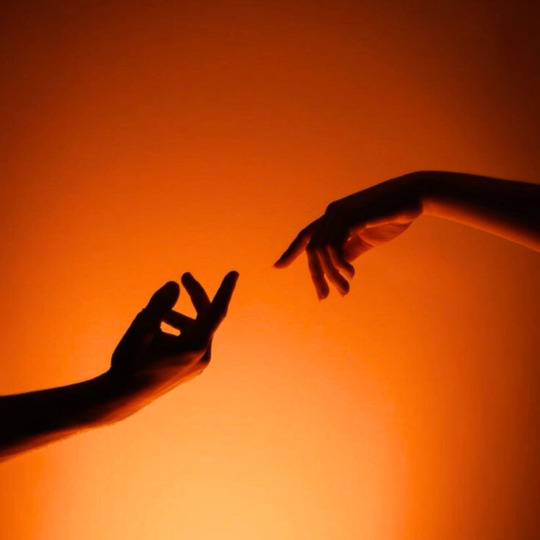



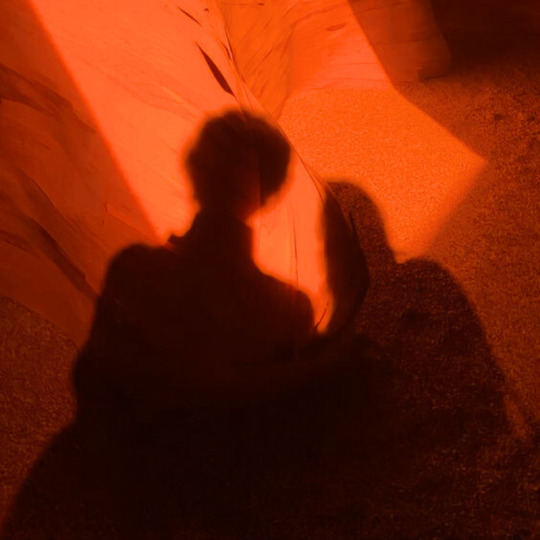
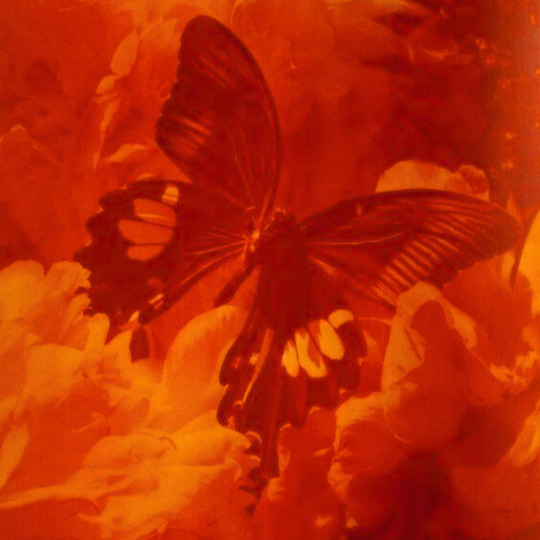
turkish mythology: aisyt
aisyt's name means "birthgiver" and she may also be called the "mother of cradles." aisyt brings the soul from heaven at the birth of a baby and records each one in the golden book of fate. she is responsible for conducting the soul of a newborn child to its birth and attended every birth. women channel her, believing that doing so would relieve them of pain during childbirth. she keeps a golden book in which she recorded each one. she is said to live on a mountain top in a house with seven stories, from which she controlled the fate of the world.
170 notes
·
View notes
Text
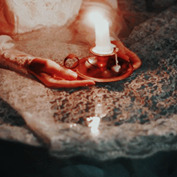
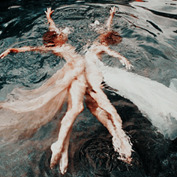



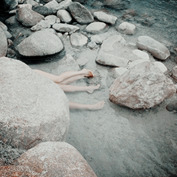



f/f february: circe & calypso
requested by anon
200 notes
·
View notes
Text

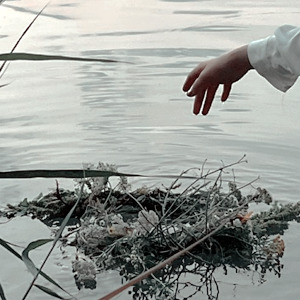

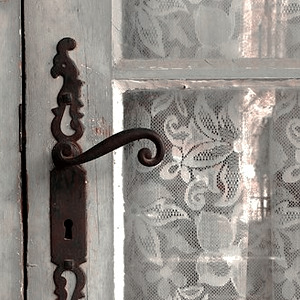

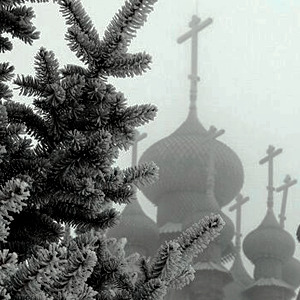

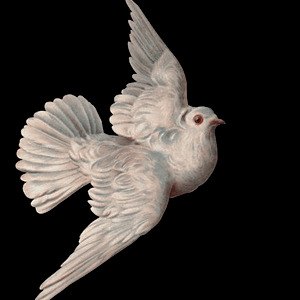
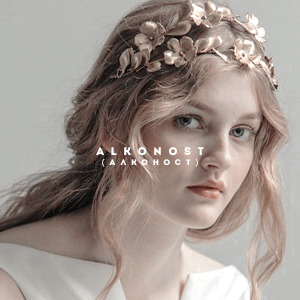
slavic mythology: sirin, alkonost and gamayun
The Alkonost is a legendary woman-headed bird in Slavic folklore. Alkonost is more likely an individual character, as was noted in some legends about this bird.
Sirin is a mythological creature of Rus' legends, with the head of a beautiful woman and the body of a bird (usually an owl), borrowed from the siren of the Greek mythology. According to myth, the Sirin lived in Iriy or around the Euphrates River.
Gamayun is a prophetic bird of Russian folklore. It is a symbol of wisdom and knowledge and lives on an island in the mythical east, close to paradise.
164 notes
·
View notes
Text



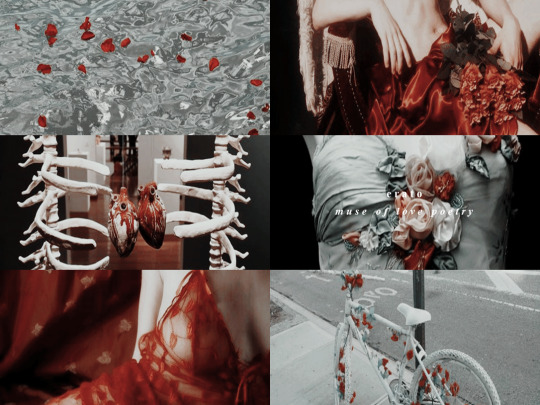




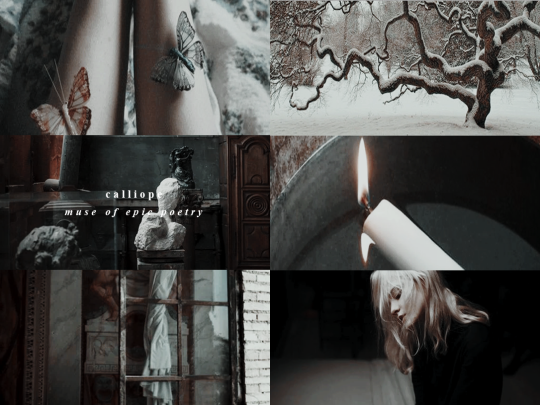
myth: the nine muses
in ancient greek religion and mythology, the muses are the inspirational goddesses of literature, science, and the arts. they were considered the source of the knowledge embodied in the poetry, lyric songs, and myths that were related orally for centuries in ancient greek culture.
277 notes
·
View notes
Text


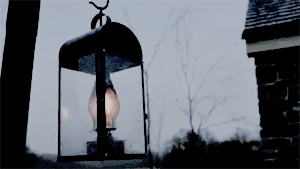

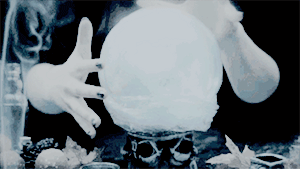



women of myth & folklore [4/?] ↣ witches
oooooooh...must be the season of the witch
298 notes
·
View notes
Text
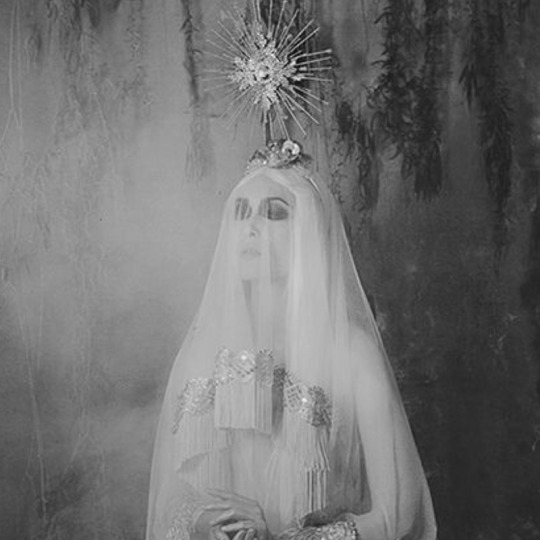



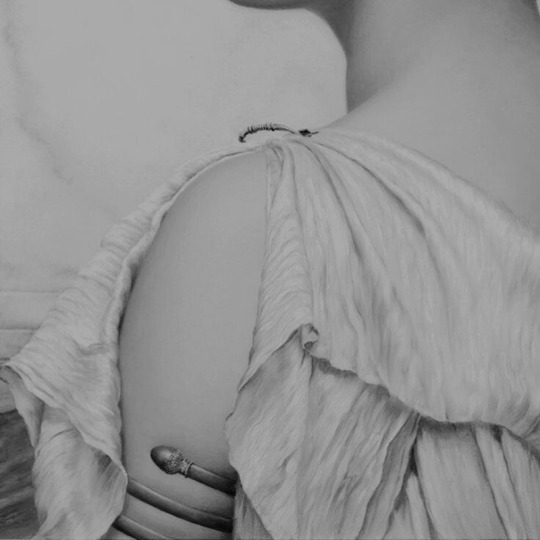


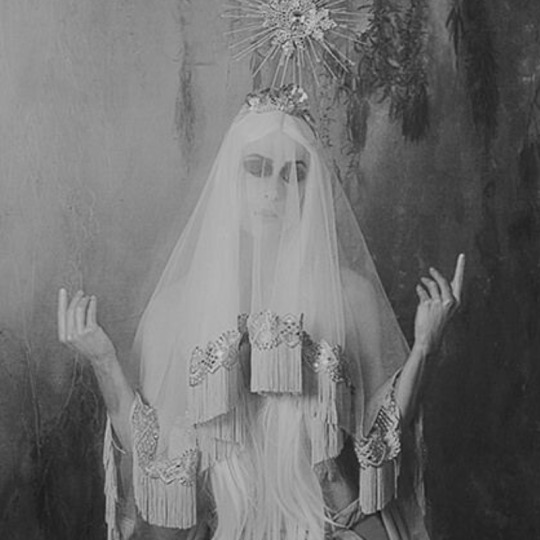

greek mythology: dione
dione was the titan goddess of the oracle of dodona in thesprotia, and the mother of aphrodite by zeus. her name is simply the feminine form of zeus. dione was described as "the temple associate" of zeus at dodona. the three elderly prophetesses of the shrine, known collectively as the peleiades, were probably her priestesses. these women were named "the doves" after the sacred bird of dione's daughter aphrodite who also posssessed a temple at the shrine.
225 notes
·
View notes
Text









myth moodboards: mavka
a type of female spirit in ukrainian folklore. the spirits known by this term represented the souls of girls who had died unnatural, tragic, or premature deaths; they often appear in the form of beautiful young women who lure men into the woods and kill them.
459 notes
·
View notes
Photo



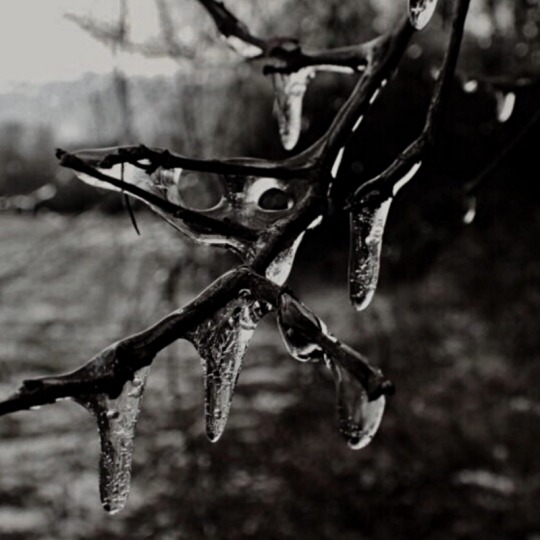





@modernmythsnet — e v e n t 36: luck / fortune | natural
↳ dolya and nedolya
The Dolya are slavic deities of luck and fortune. Dolya resides in the secret corners of the house, favoring the back of the family stove. She spreads fortune according to her mood; appearing as a beautiful young maiden when she is in high spirits and granting good luck to the house’s residents. However, when she is feeling poorly she appears as Nedolya, a withered old woman who bestows ill-fortune upon the inhabitants of the house.
500 notes
·
View notes